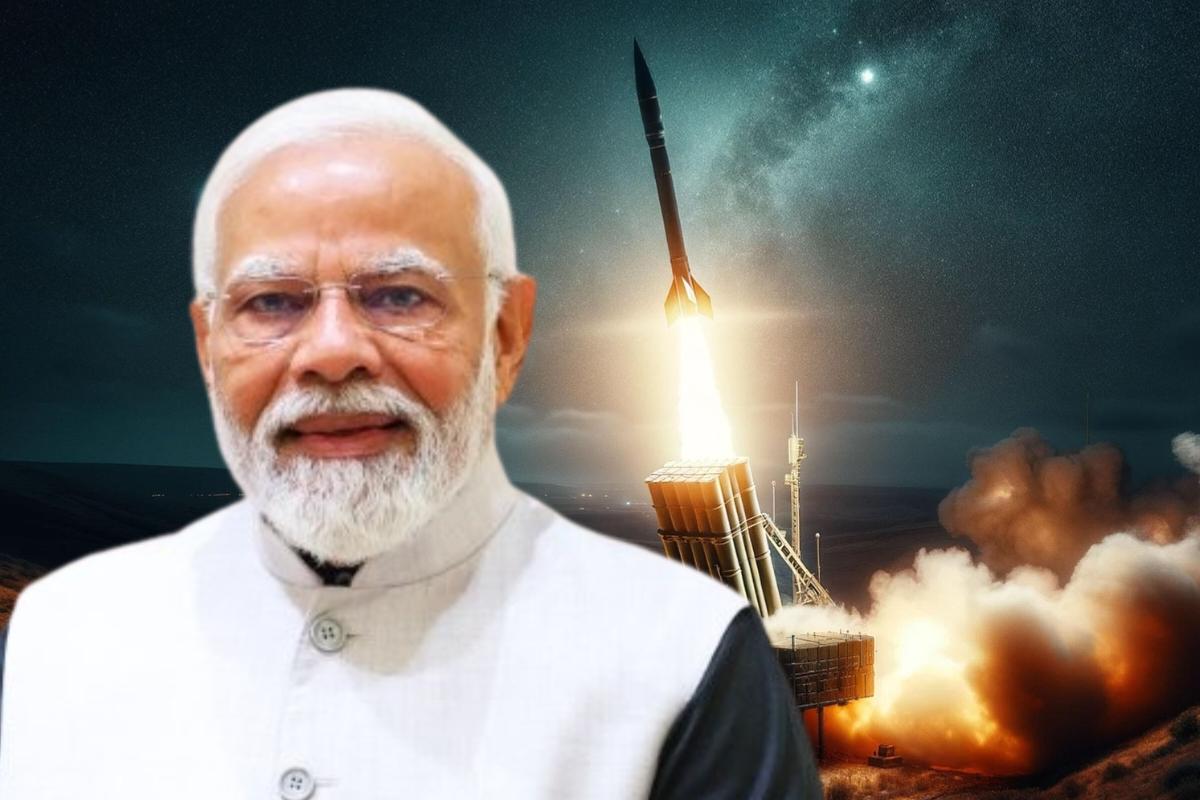
In line with Prime Minister Narendra Modi’s continued push for "Aatmanirbhar Bharat" (self-reliant India), the Indian government has taken a landmark decision in the field of defense technology. India has officially committed to developing its fifth-generation stealth fighter jet — the Advanced Medium Combat Aircraft (AMCA) — entirely indigenously. This move signifies a powerful message: the mantra of "swadeshi" is not just for the public but is being echoed in critical strategic decisions.
Turning Down U.S. and Russian Offers
For years, the United States has been keen to sell its F-35 fighter jets to India, while Russia has gone a step further by offering not only the sale of its fifth-generation Sukhoi Su-57 stealth fighter but also the complete transfer of its technology. However, India has chosen a different path — to build its fifth-generation fighter jet from scratch.
What Is AMCA?
The AMCA, or Advanced Medium Combat Aircraft, will be a twin-engine stealth fighter with cutting-edge capabilities. Designed to achieve supersonic speeds up to Mach 1.8, the AMCA will be almost twice as fast as the speed of sound. It will feature a low radar cross-section, enabling it to evade enemy radars effectively — a key attribute of any fifth-generation fighter.
This jet won’t just be stealthy and fast; it will be armed with fully indigenous weapon systems. The AMCA will be equipped with missiles like Astra, BrahMos-NG, and Rudram, reinforcing its role as a strategic asset developed under the Make in India initiative.
The planned range of AMCA is expected to be around 1,000 kilometers, which brings within its operational reach vast portions of adversarial territory, including strategic areas in China.
Who Is Building It?
The Defense Research and Development Organisation (DRDO) and Hindustan Aeronautics Limited (HAL) are the key organizations spearheading the design, development, and production of the AMCA. The timeline set for its operational rollout is 2030.
A Direct Answer to China
India’s focus on AMCA is not without reason. A recent U.S. intelligence report stated that China, not Pakistan, is India’s primary military threat. China already possesses fifth-generation stealth jets like the J-20 “Mighty Dragon” and the upcoming J-35A, which it has promised to supply to Pakistan by 2026. This growing nexus between China and Pakistan is being taken seriously by Indian defense planners.
However, past military confrontations such as "Operation Sindoor" have revealed weaknesses in Chinese hardware. During the operation, India’s loitering munitions and drone warfare tactics successfully neutralized China’s J-10C fighter jets and HQ-9 air defense systems. Despite having sophisticated military assets, Chinese systems failed to deliver, pushing Beijing to sell the J-35A to Pakistan at a 50% discount to salvage face.
Global Context of Fifth-Generation Jets
Currently, only three countries possess operational fifth-generation stealth fighters:
United States – F-22 Raptor and F-35 Lightning II
China – J-20 and J-35A
Russia – Sukhoi Su-57
If India successfully develops the AMCA, it will join this elite club as the fourth nation with indigenous fifth-generation stealth capabilities.
The Russian Option: A Shortcut?
Though India has decided to go solo on AMCA, Russia remains a trusted defense partner. It has offered India the Su-57 along with its technology for local production, similar to how India currently manufactures the Su-30 MKI domestically. This option could help India reduce development time and fill immediate capability gaps while AMCA is in the making.
The joint Indo-Russian BrahMos missile project has already demonstrated the potential of such collaborations, earning global acclaim and interest from over 17 countries. A similar collaboration on the Su-57 could lead to a scenario where India not only meets its defense requirements swiftly but also becomes a key exporter of fifth-generation fighter jets.
At the 2023 Aero India show in Bengaluru — the largest airshow in Asia — Russian officials hinted that if India chooses the Su-57, it wouldn’t have to worry about sanctions or supply delays, making it an attractive proposition in the short term.
The development of AMCA marks a strategic and symbolic shift in India’s defense policy. It represents confidence in domestic capabilities, a clear intent to break technological dependencies, and a message to the world that India is ready to lead in next-generation military technology.
While the road ahead is filled with technical challenges and geopolitical considerations, India’s decision to pursue AMCA reflects its vision of becoming a true global power, not just economically or diplomatically, but also militarily. Whether through indigenous innovation or strategic collaborations, the skies above Asia are set to see a new power rise.
Disclaimer:
The information presented in this article is based on publicly available news reports, expert analyses, and government announcements as of the time of writing. While every effort has been made to ensure accuracy, readers are advised that defense projects and international defense relations are subject to change based on geopolitical developments, policy shifts, and strategic decisions. This article is intended for informational purposes only and does not constitute official government or military communication.




